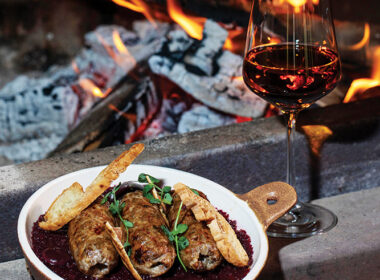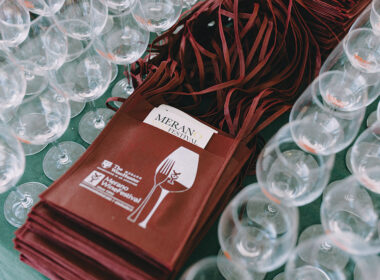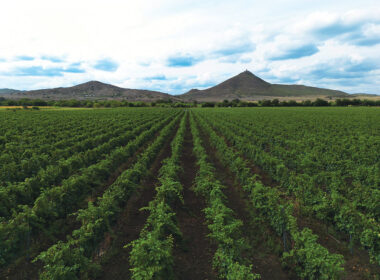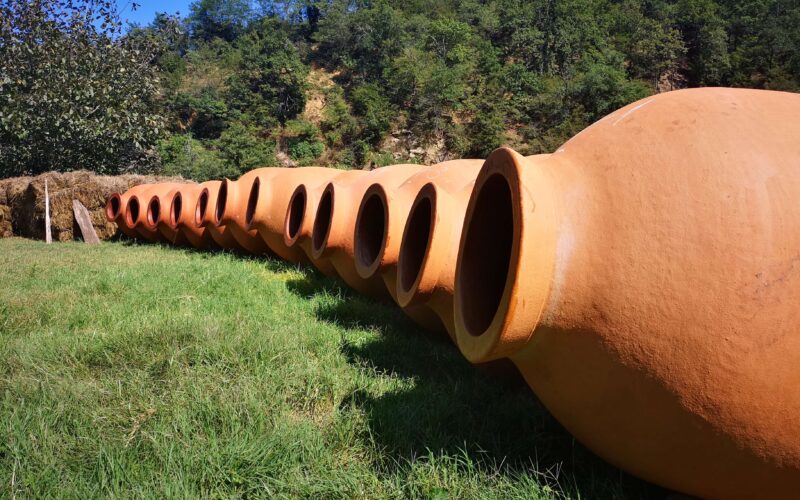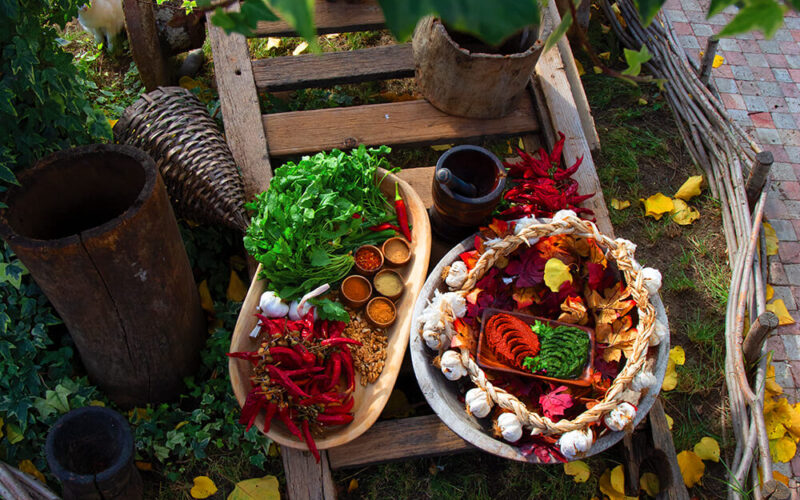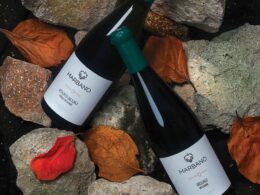Giorgi Barisashvili
The last 20 years have seen the upgrowth of kvevri winemaking. The tradition itself has been around for centuries, however, its revitalization and popularization, the export of kvevri wines, the emergence of new wineries, and restoration of the old ones have all happened in the last years. This journey of 20 years was not an easy one: the previous government aimed at satisfying the demand of the Russian market, whose primary care was quantity and not the quality. The diversity was also out of the question. The salvation came from small wineries. They started exporting wine in small quantities to European markets.
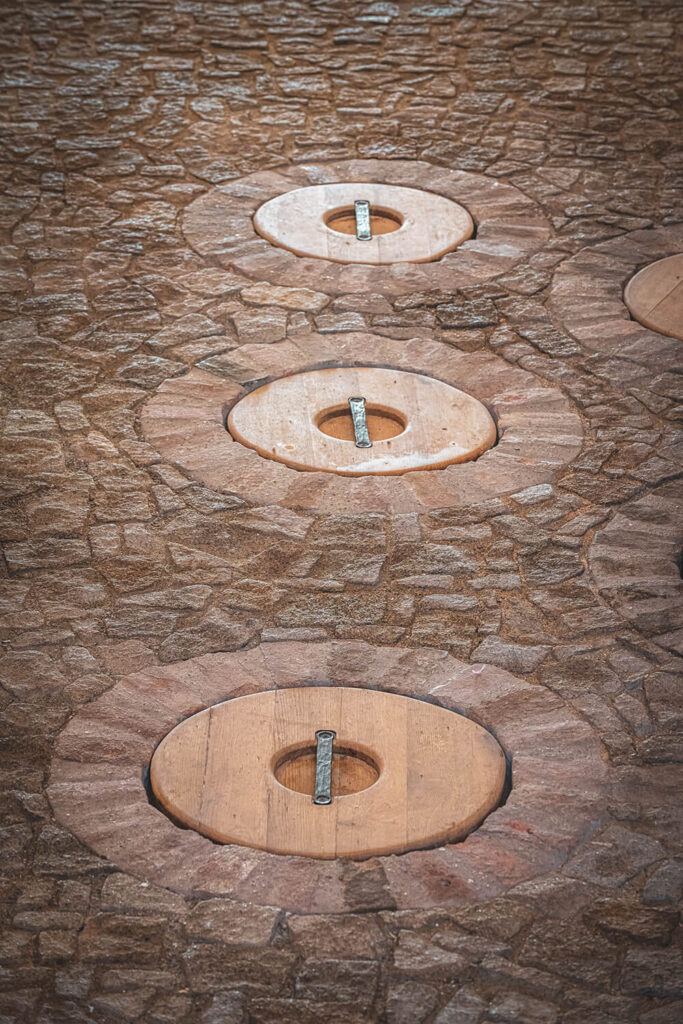
It didn’t take long for Europe to appreciate the unique qualities of kvevri wine. It recognized the novelty, on the one hand, and the ancient, century-old traditions that came with it. No natural wine exhibition held thereafter took place without Georgian wine participation. The inflow of foreign specialists and connoisseurs to Georgia and our wineries followed suit.
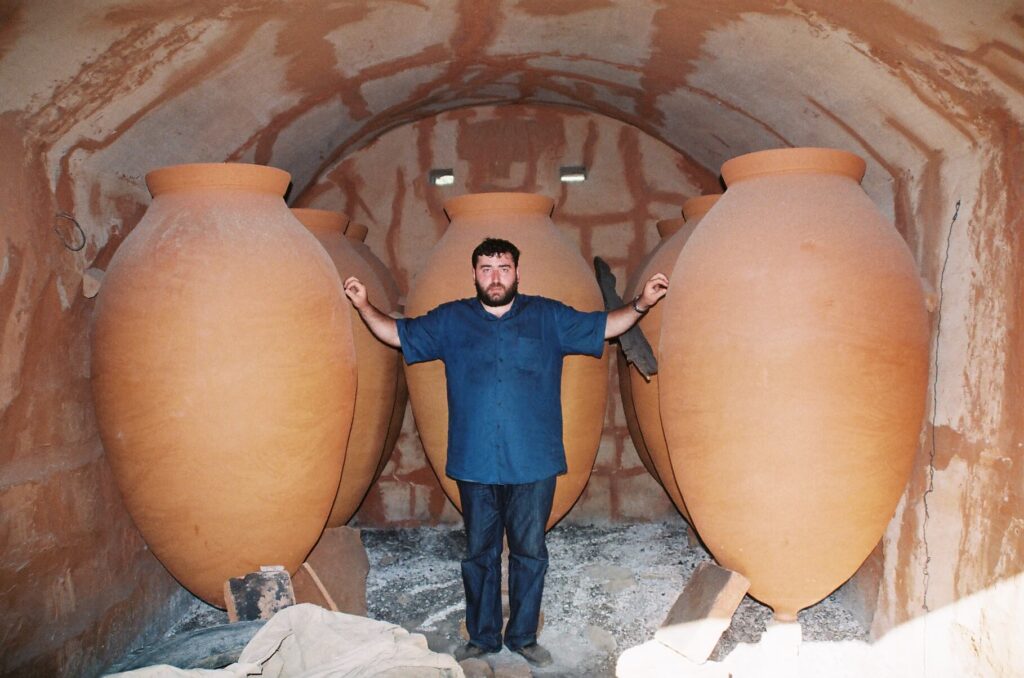
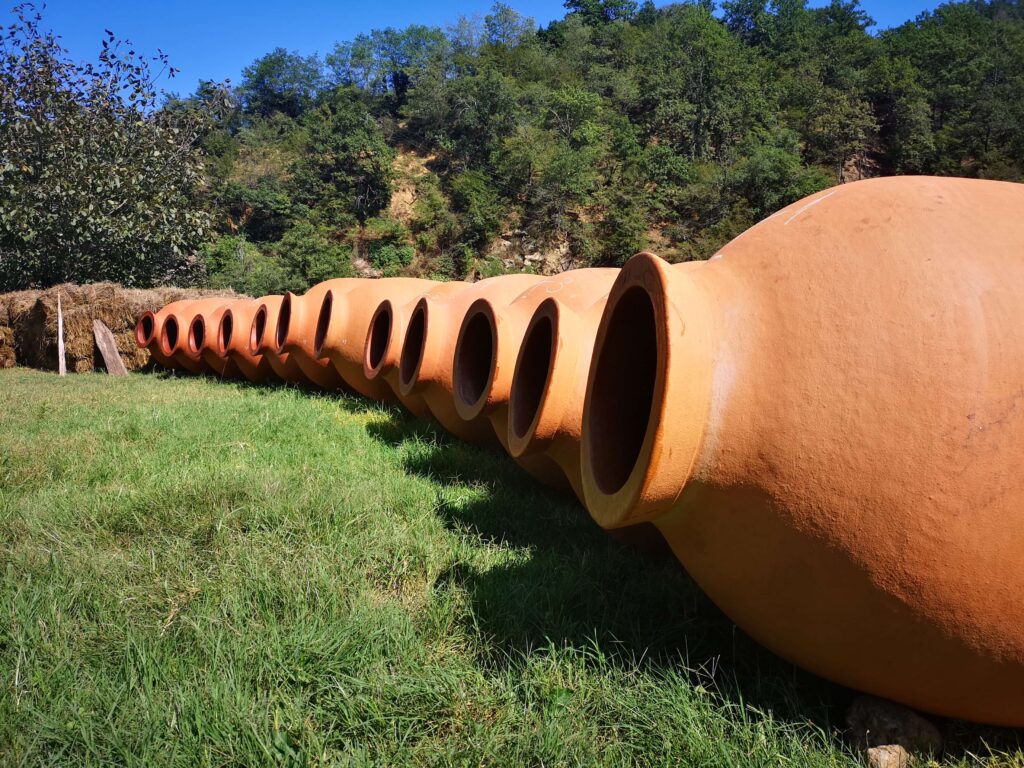
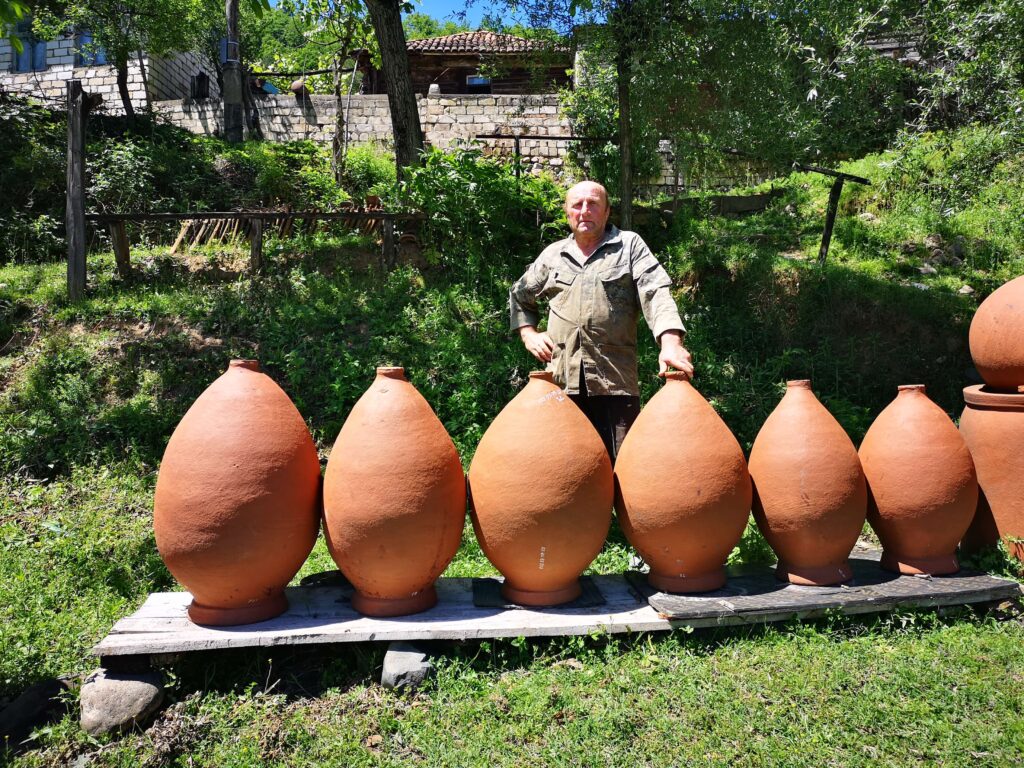
Wines made in a clay vessel became so popular in Europe and the rest of the world that many exhibitions and tastings held today are solely dedicated to these kinds of wines. The pioneers that decided to export Georgian kvevri and build wineries outside Georgia appeared at the end of the last century. One of the first ones was Josko Gravner. He has been making wine in Georgian kvevri for a long time.
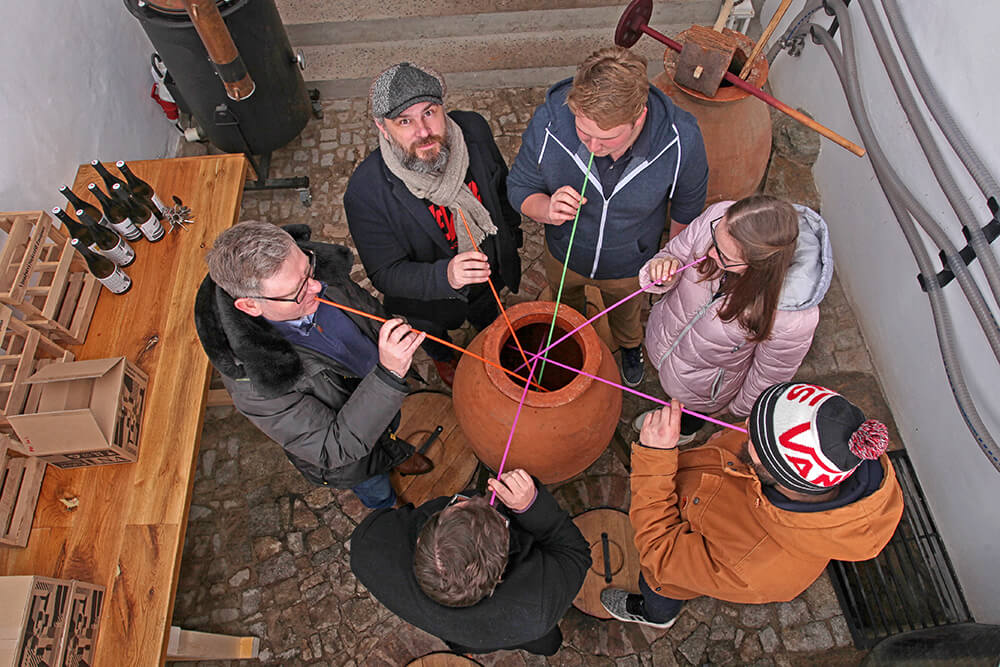
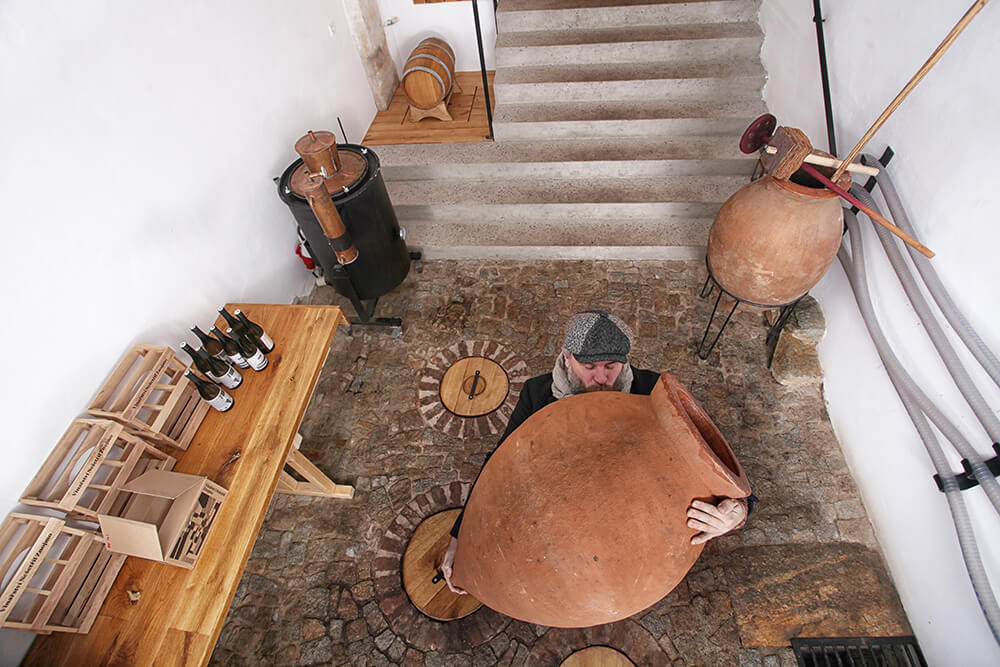
The foreign interest towards kvevri magnified in 2010-2011. During this time, the World Congress of Vine and Wine was held in Georgia, as well as the first International Kvevri Wine Symposium. At the same time, the French Master of Wine Isabelle Legeron made a movie about Georgian traditional viticulture-winemaking and kvevri in particular. The movie was translated into many languages and was broadcast in more than a hundred countries. This is when the exports of kvevri and the building of wineries (marani) abroad began.
I would point out that it is a huge responsibility because there are cases when the quality of kvevri is less than desirable. There are so many small details to consider. Even though it is a disappointment, when the defect is discovered here it is easier to deal with, however, if the quality of the exported kvevri is below par, it hugely affects the whole winemaking reputation of the country. I was personally involved in sending many kvevri abroad. In the case of Plumpton College, London, not only did I send kvevri, but went there for one and a half months and built the first Georgian wine cellar (marani) in Britain with a local Georgian – Henry Mchedlishvili. We made our first wine there using the Georgian method and held its tasting in London, which was a huge success.
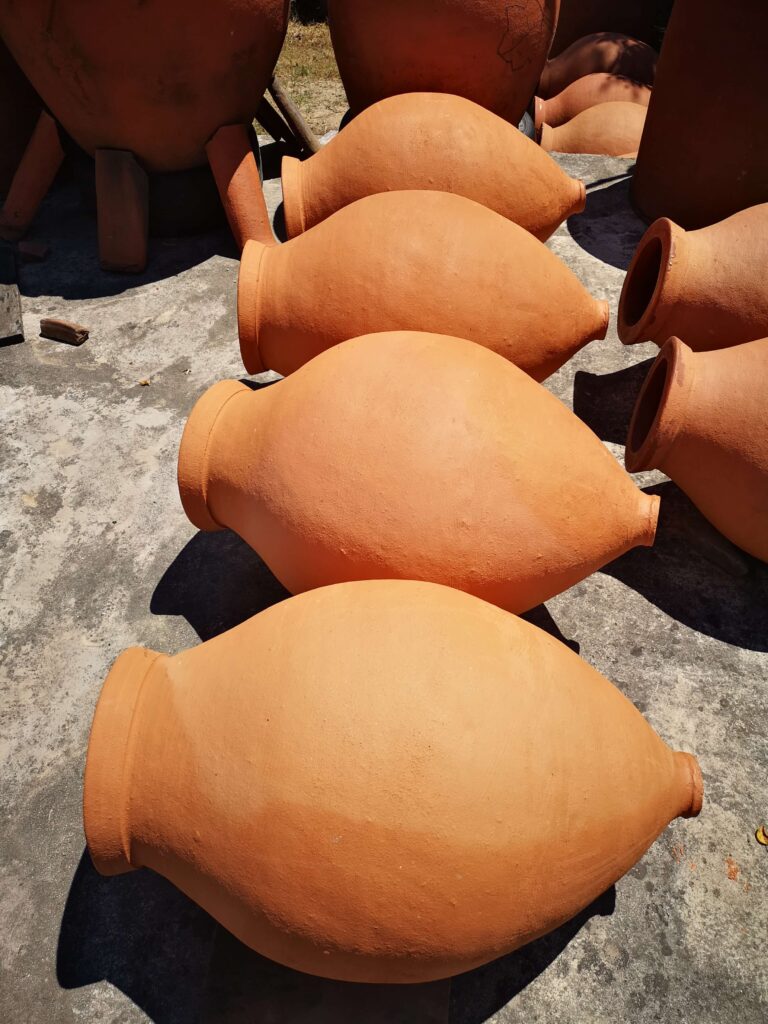
Today, there are around 100 wine cellars (marani) around the world that are populated with kvevri. Some of the countries are Italy, Spain, Japan, the United States, Canada, France, Britain, Germany, Austria, Russia, Poland, the Czech Republic…I anticipate that the list of countries will expand and the number of kvevri purchases will increase. The people involved in this endeavor from our side must be experienced, so we can eliminate low-quality kvevri exports. I am happy to see bottled wine in various countries that have “kvevri”, and in some cases, its origins indicated on the label.
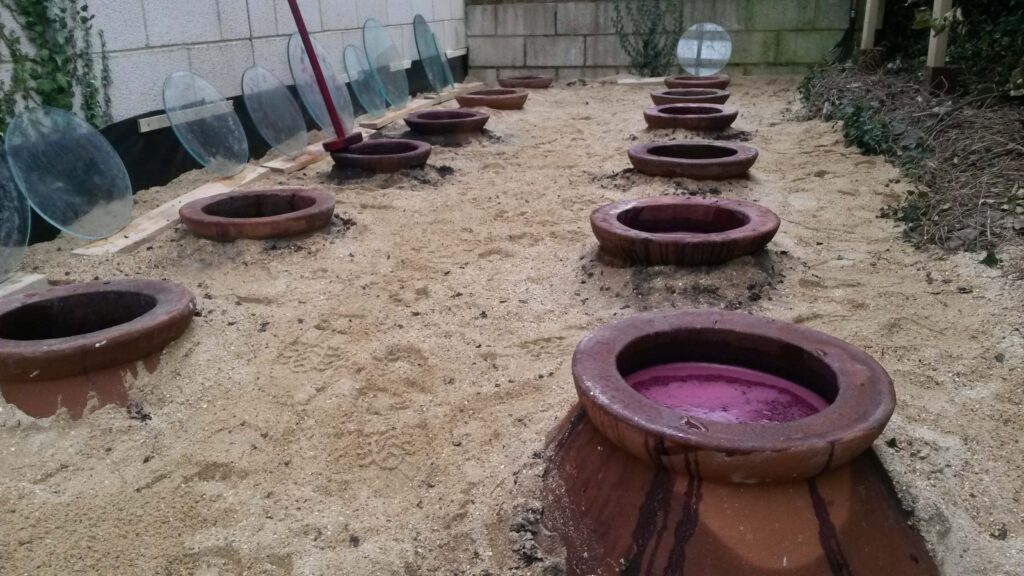
I also want to mention the Kvevri Klub established in the Czech Republic. Several winemakers founded the club. Before the establishment, these winemakers visited Georgia to familiarize themselves with local winemaking. They toured several traditional wine cellars (marani) and visited kvevri craftsmen. Later, they ordered several kvevri and transported them to Czechia. As a result, many kvevri wine cellars (marani) function in the country.
Kvevri Klub established in the Czech Republic already participated in several exhibitions and got recognized several times. The awareness of wine made in kvevri and its demand is ever-increasing in the world. We can almost say that kvevri has authority over other vessels made from clay. It is also quite a specific vessel since it requires more knowledge and experience. In 2013, UNESCO added the traditional Georgian method of making wine in kvevri to its list of intangible cultural heritage, making this culture that originated in Georgia a world treasure. What is essential now is that Georgian traditional winemaking spreads around the world, which means literature about Georgian winemaking technologies has to be translated and published in different languages.
Kvevri is a unique vessel and its uniqueness lies in its simplicity. Kvevri enables us to make wine as it was first made at the beginning of human history.
We have the possibility of making this wine in Georgia: we have kvevri and ancient Georgian grape varieties, a continuous tradition of winemaking, and a special Georgian approach…
Give it a try yourself!

